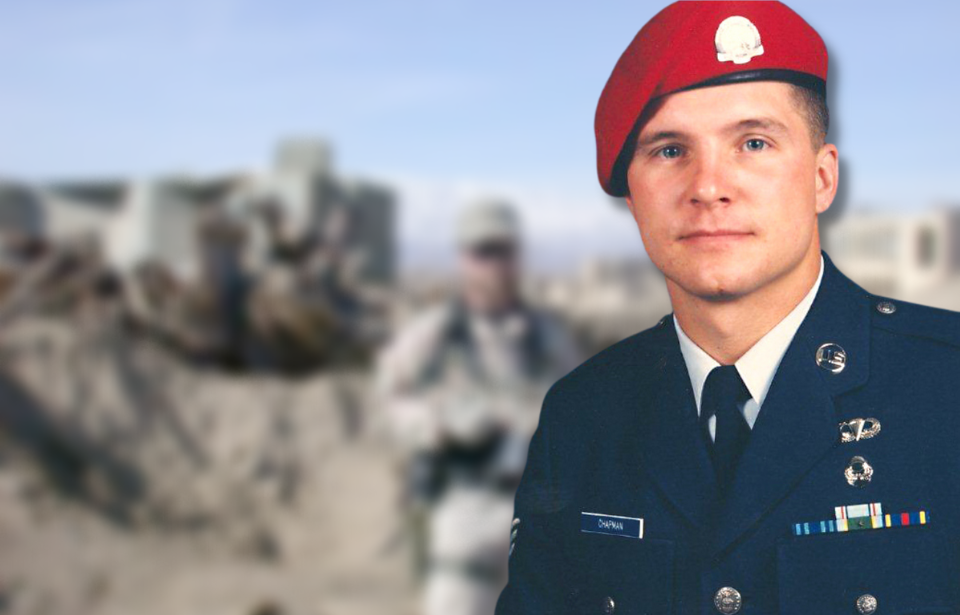Many people have displayed remarkable courage and valor amid the chaos of battle. While some are immediately acknowledged for their heroics, others face a long wait, occasionally surpassing 15 years, as was the cast of Master Sgt. John Chapman. He was honored with the Medal of Honor an astonishing 16 years after demonstrating extraordinary gallantry on the battlefield.
John Chapman’s entry into the US Air Force
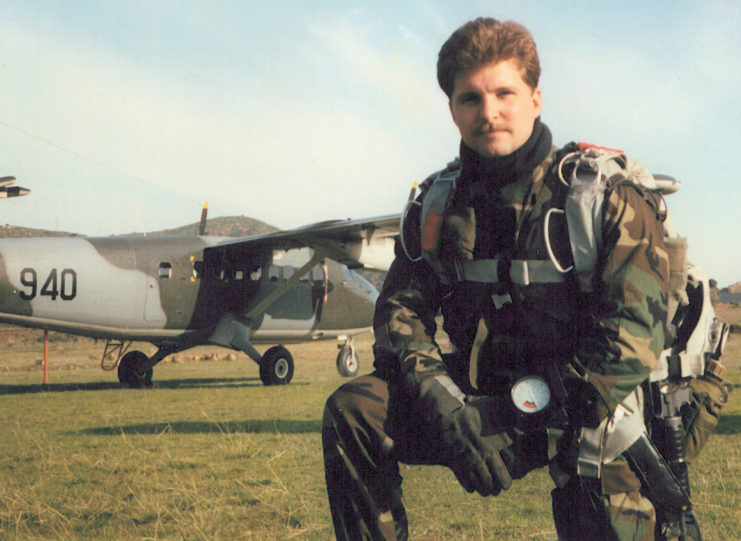
Born in 1965 in Springfield, Massachusetts, John Chapman later moved to Connecticut. He graduated from Windsor Locks High School in 1983 and enlisted in the US Air Force two years later during the ongoing Cold War.
In the 1980s, the Soviet Union was engaged in conflict in the mountains of Afghanistan, an event relatively unknown at the time. Little did anyone anticipate that, within two decades, the United States would find itself confronting a determined adversary in similarly perilous terrain.
Chapman pursued training in the combat control field, specializing in coordinating ground operations fire. This led him to special operations, ultimately placing him with the 24th Special Tactics Squadron at Pope Air Force Base, North Carolina.
As the events of September 11th galvanized the US toward war, Chapman boarded a plane bound for Afghanistan, marking the beginning of his journey into military history.
Operation Anaconda
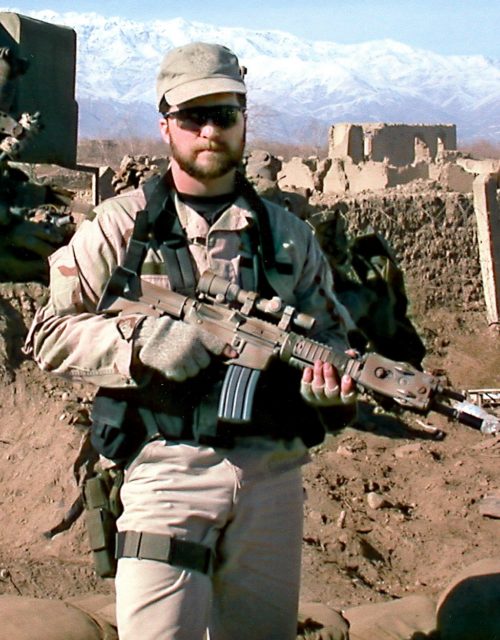
By March 2002, the American invasion of Afghanistan was well underway. The Taliban and Al-Qaeda proved tenacious, and the country’s terrain offered refuge and tactical advantages, which the technologically superior coalition had to combat.
The coalition launched Operation Anaconda, designed to destroy enemy forces in Shahi-Kot Valley and the Arma Mountains. On March 4, John Chapman was aboard a Boeing MH-47E Chinook, with orders to insert with a group of US Navy SEALs in what would become known as the Battle of Takur Ghar.
This engagement would later be the subject of a great deal of scrutiny, as it resulted in heavy losses for the Special Operations community. Whether it was through poor planning or unfortunate luck, Chapman and the Navy SEALs encountered a heavily entrenched enemy force on the hilltop of Takur Ghar.
Thus began one of the more controversial engagements of the War in Afghanistan.
Battle of Takur Ghar
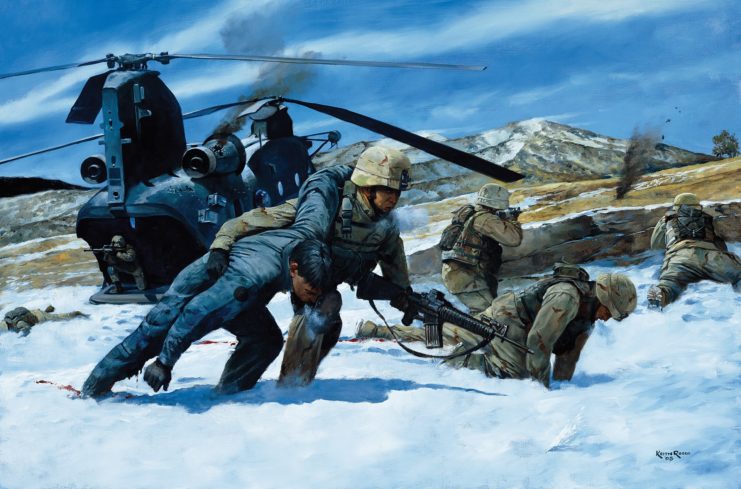
Almost immediately upon the arrival of John Chapman’s Chinook helicopter, it came under a hail of small arms fire and took a direct hit from a rocket-propelled grenade (RPG), causing a US Navy SEAL to plummet from the craft, onto the snow-covered hilltop below.
With no immediate means to rescue the fallen comrade, the badly-damaged chopper departed and touched down seven miles away. Without hesitation, Chapman assumed his designated role and initiated coordination with a Lockheed AC-130 in the vicinity.
Even though it wasn’t his primary duty, Chapman volunteered to embark on a mission to rescue the missing Navy SEAL from the enemy stronghold. He encountered an insurgent and swiftly neutralized two adversaries before moving toward a second heavily fortified machine gun position. The rescue team soon found itself engulfed in a barrage of enemy fire.
Despite sustaining severe injuries, Chapman continued to engage the enemy as the team desperately sought a way out. Eventually, believing him to have succumbed to his wounds, the team made the decision to withdraw.
Controversy arises
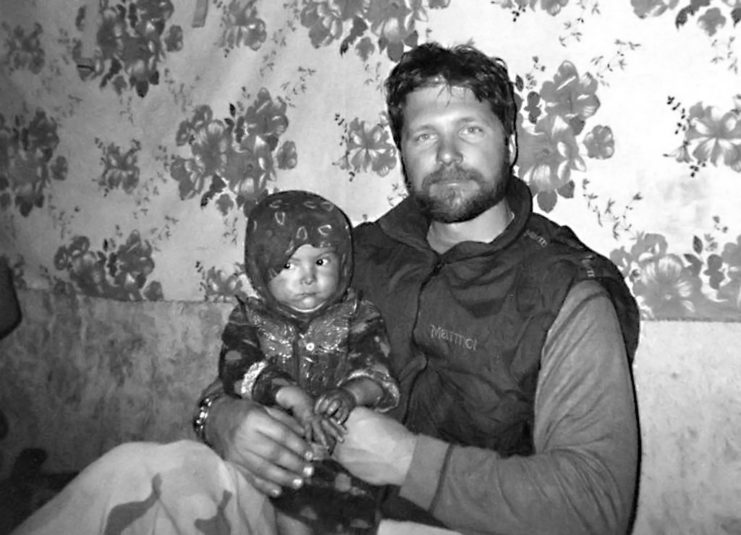
This is where controversy surfaced and bravery against insurmountable odds came to light. Numerous years after John Chapman’s courageous final stand, advancements in video technology unveiled startling new information.
Chapman not only endured the engagement, but also persisted in the fight after the team withdrew. In the footage, he’s observed engaging enemy combatants, successfully taking down one during hand-to-hand combat. Subsequently, he navigated to a bunker, only for his last stand to be terminated by a direct RPG hit.
John Chapman is posthumously awarded the Medal of Honor
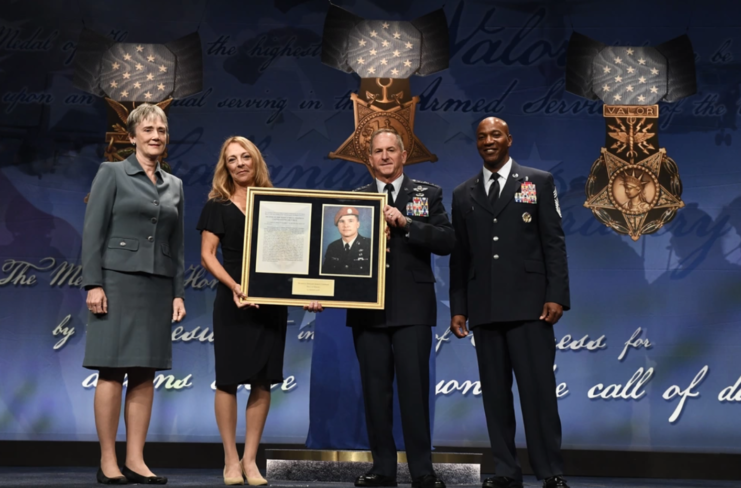
With the new information at hand, John Chapman, who’d posthumously received the Air Force Cross, had his award upgraded to the Medal of Honor. He was also posthumously promoted to master sergeant.
More from us: Gary Wetzel: The MoH Recipient Who Rescued His Commander, Despite Losing His Arm to Enemy Action
While the Battle of Takur Ghar will forever be embroiled in controversy, the gallantry with which Chapman fought until the last moments of his life is beyond contestation. He will forever be enshrined in the halls of military history and has earned the eternal respect of any an all who know that he fought in the now infamous battle.
